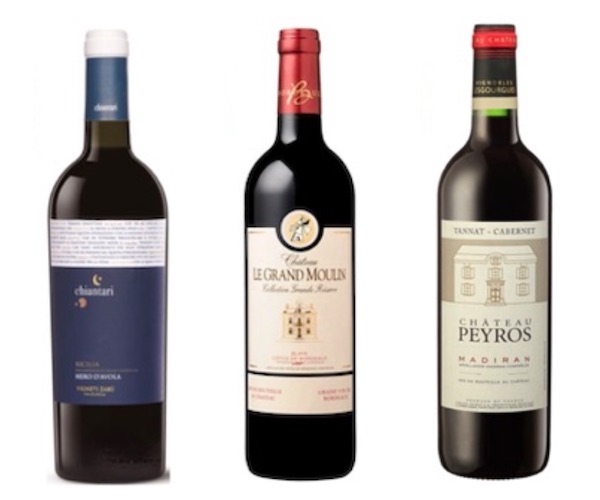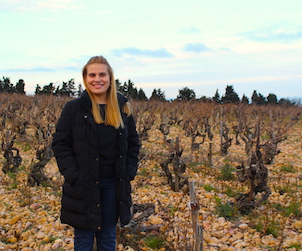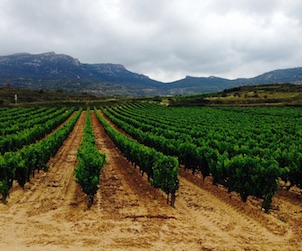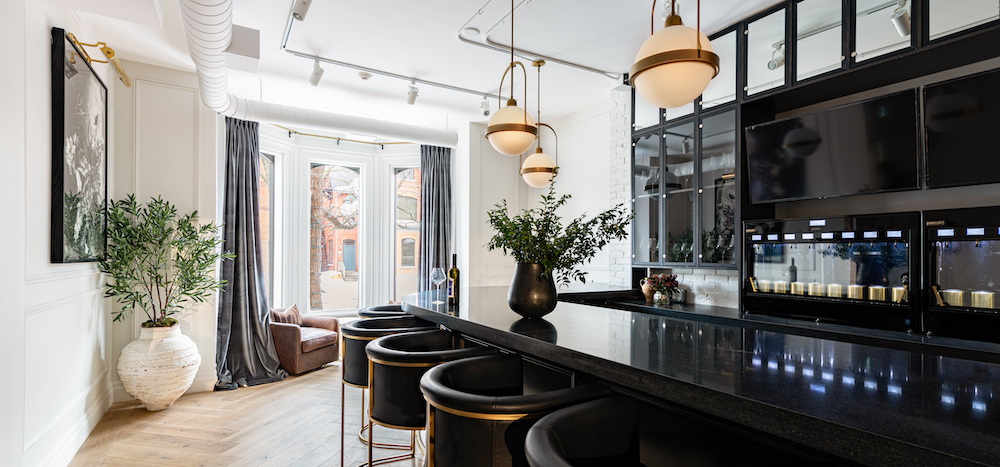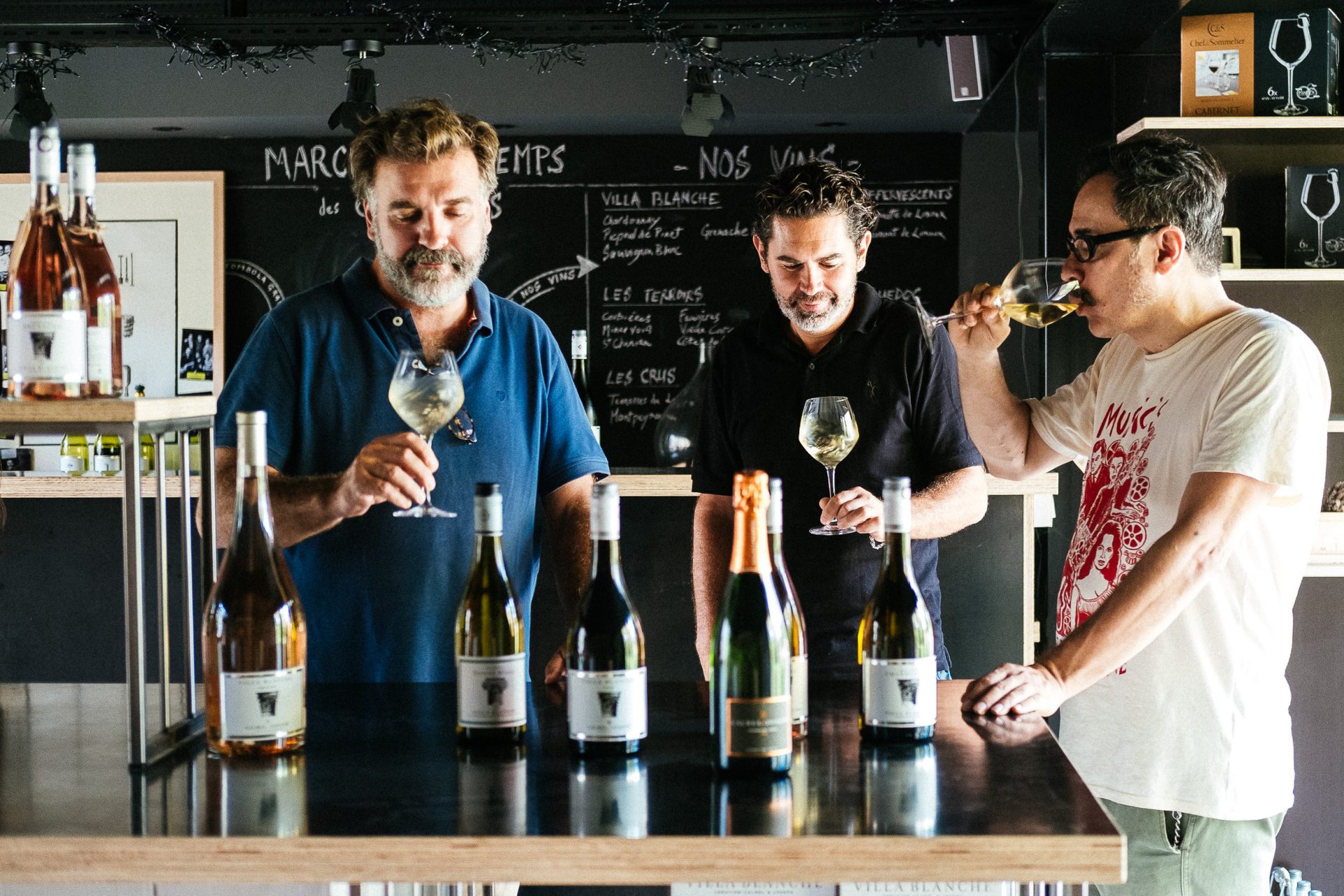
Laurent Calmel, Jérôme Joseph, and Convenanza’s Bernie Fabre taste through the wines for this year’s festival in Sète.
Good Food Revolution’s Jamie Drummond interviews Languedoc Micro-Negociants Laurent Calmel and Jérôme Joseph about their involvement with this weekend’s Convenanza music festival, this year taking place in the goegeous coastal town of Sète.
GFR: This year you are partnering with the Convenanza music festival in the coastal city of Sète. Can you describe for me your reasons for working with Bernie Fabre and his lovely people at this festival?
Did you have the opportunity to visit previous incarnations of the festival in Carcassonne (I’ve been twice and thoroughly enjoyed myself upon both occasions), and what are your thoughts on the music?
Were you previously familiar with Andrew Weatherall?
Laurent Calmel and Jérôme Joseph: We already knew about Convenanza via friends who’ve attended the festival in Carcassonne event, and some of them are really fans, so we’d heard about Andrew Weatherall and seen some photos from Convenanza as well. When we met Bernie we realised that we had several things in common, a desire to share good vibes and good music, and we really wanted to take part in our own small way, with our wines.
GFR: And which wines will be on offer to the festival-goers in Sète?
Laurent Calmel and Jérôme Joseph: Throughout the Festival we’ll be serving a selection of varietal wines from our Villa Blanche range: there’s a really opulent red, made from 100% Syrah (it’s got a lightly toasted note on the finish), a rosé made from Grenache Gris, with citrus fruit notes, and a white which is our famous Chardonnay, which has floral notes as well as hints of apricot, peach and aniseed.
We’ll also be serving our latest wine from this range, which is made from a historic and rather rare grape variety called Terret Blanc, which has slightly salty-citrus notes and a really nice mineral profile. These are quite full-flavoured wines and typical of the south of France.
And finally, for fans of fizz, there’ll be our award-winning Crémant de Limoux which is a blend of Chardonnay, Pinot Noir and Chenin Blanc.
GFR: From your experience in France and elsewhere, how open are younger generations to exploring the world of wines, and specifically Languedoc wines?
Laurent Calmel and Jérôme Joseph: Wine drinking is on the increase worldwide, and consumers from countries that are not wine producers are showing a lively curiosity. We often see younger people coming to France, Italy, Spain, and other countries to find out more about wine and the culture associated with it. Often, when they return home they’re unofficial ambassadors for the wines they’ve discovered. Our region – Languedoc-Roussillon – is a real mosaic of different wine styles, it’s also a dynamic, up-and-coming area with a growing number of small, forward-looking wine estates, so there are lots of exciting discoveries to be made here, for sure.
GFR: Where do you feel the wines of Languedoc fit on the world stage of wines in 2017?
And how has this changed since you both became involved in the wine world? What do you put this evolution down to?
Laurent Calmel and Jérôme Joseph:We started our business in Languedoc-Roussillon in 1995, at a time when there were already many estates producing their own wines (as opposed to selling their wines in bulk or via other channels) and producers were traveling around the world to learn about winemaking: the image of our region’s wines wasn’t that good but for countries that wanted to buy French wines, they were considered very good value, compared to those from other French regions. Since the early 2000s opinions have changed, today Languedoc-Roussillon (which happens to be France’s largest region in terms of organic wines) is an up-and-coming region which is becoming increasingly recognized as making excellent, quality wines, but the growers here still have plenty of energy and curiosity.
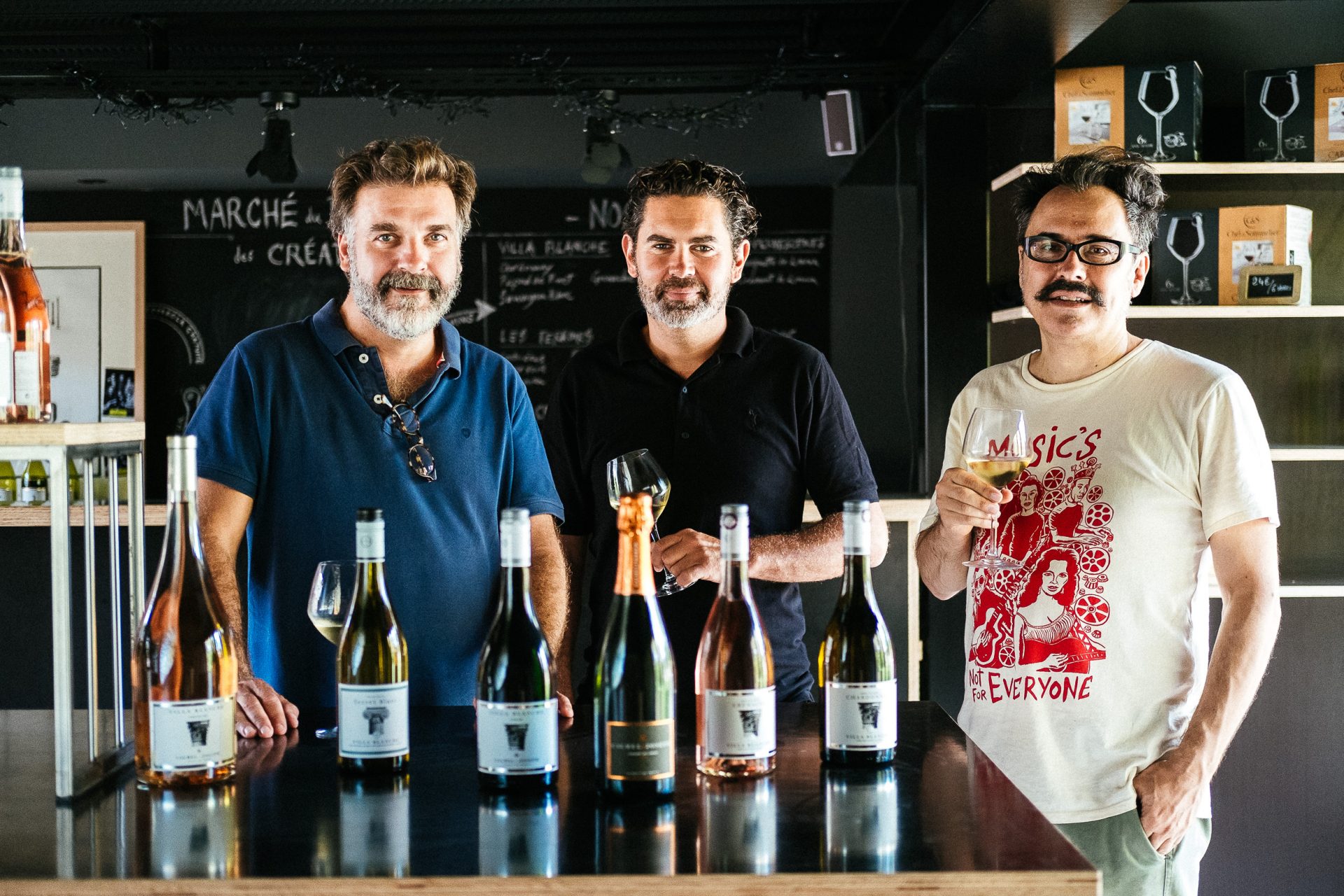
Laurent Calmel, Jérôme Joseph, and Convenanza’s Bernie Fabre taste through the wines for this year’s festival in Sète.
Good Food Revolution: For those unfamiliar with your wines, how would you describe the portfolio of Calmel and Joseph?
Laurent Calmel and Jérôme Joseph: Each wine in our portfolio has its own distinct personality, whether it’s a varietal wine from our Villa Blanche range (the ones served at Convenanza) where we showcase individual grape varieties, or an appellation wine, where we aim to show the specific terroir. And a couple of years ago we purchased an estate in the southernmost tip of the Corbières appellation area, called Domaine Calmel & Joseph, 15 minutes from Carcassonne, so the first wines from our very own estate will see the light [of day] in 2018.
GFR: Would you say that there was an overarching philosophy behind the range of wines that you produce? And what would that be?
Laurent Calmel and Jérôme Joseph: The Calmel & Joseph philosophy is really all about the image that we’re building at our recently-acquired estate. We work our vineyards in the most natural way we can: at the estate, everything we grow (vines, olive trees, almond trees, honey and lavender) has been farmed organically since we took over. In the case of our AOC wines, the vineyards are usually at a certain altitude (sometimes at the edge of a wine growing area), which means that the grapes tend to have a very good freshness (or what wine lovers would call acidity) and never get over-ripe, which means the wines are always well balanced and elegant, and can pair well with food. Our aim is simple: to make authentic, natural wines with a sense of place.
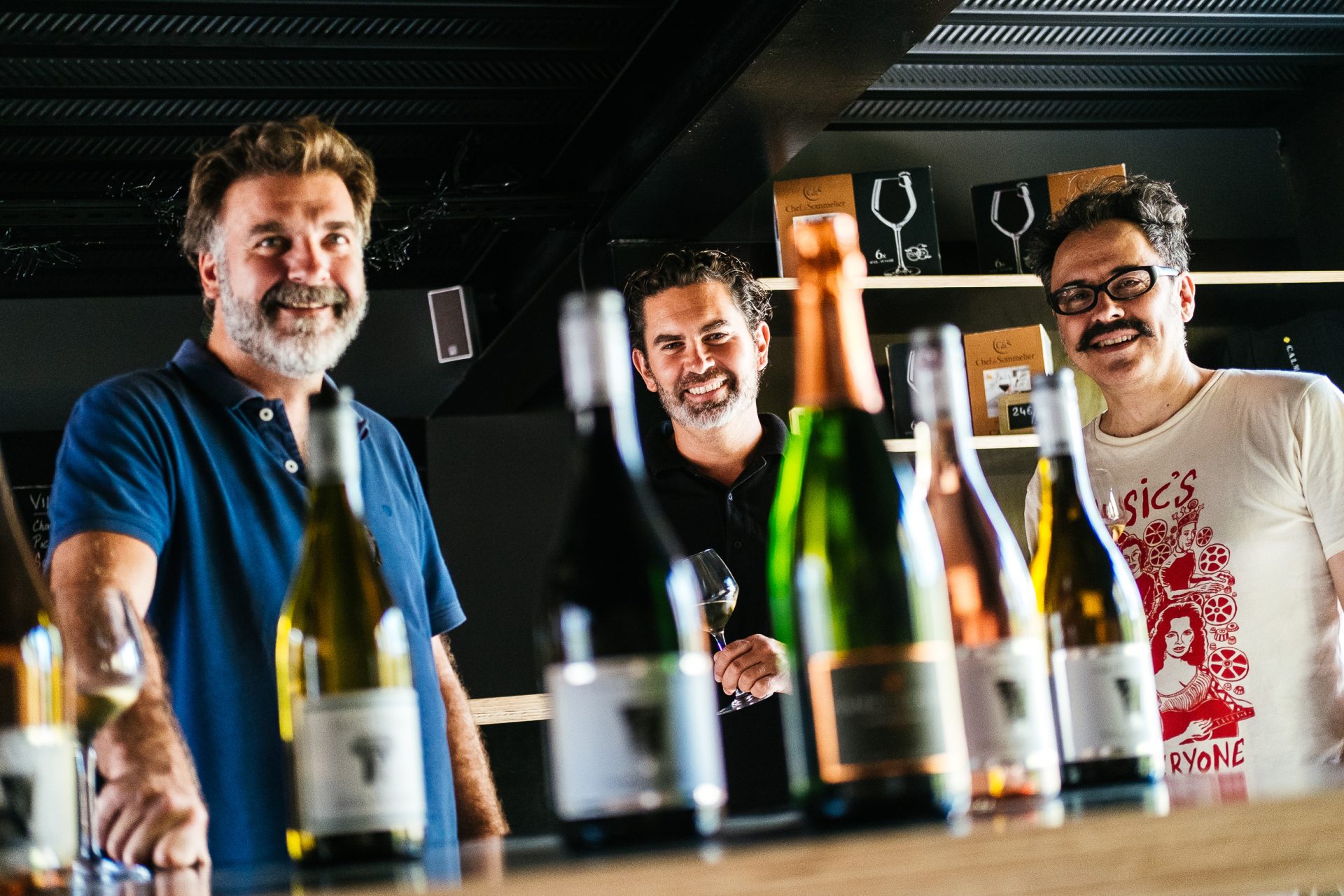
Laurent Calmel, Jérôme Joseph, and Convenanza’s Bernie Fabre taste through the wines for this year’s festival in Sète.
GFR: And would you mind explaining exactly what a micro-negociant like you does? And how that differs from many of the larger negociant houses or co-ops that our readers are perhaps familiar with? (Co-ops having been the norm in Languedoc for many a year)
Laurent Calmel and Jérôme Joseph: In our case, being a micro-négociant means working with limited volumes from selected vineyards, and following the whole process through, from the vineyard to the bottle. We have partnerships with smaller growers whose vineyards we rate, and we work together following mutually-agreed guidelines to produce the wines we want to make. This means our wines have a house style which you can taste across the range, and they are very similar from one vintage to the next. It’s relatively new in Languedoc but négociants have worked in this way in Burgundy and the Rhône valley for many years.
GFR: And how many Languedoc grape varietals are you currently working with, and from how many appellations? And from how many growers?
Laurent Calmel and Jérôme Joseph: The Villa Blanche range has seven different wines, each made from one grape variety: Syrah, Marselan, Pinot Noir, Chardonnay, Sauvignon Blanc, Picpoul de Pinet, Grenache Gris (a rosé). And very recently we’ve launched a range of wines made from historic or forgotten grape varieties, like Terret Blanc (also known as Terret Bourret), soon to be followed by Picpoul Noir and others. The appellation wines are made from grapes that are traditional to our region: Syrah, Grenache Noir, Mourvèdre, Cinsault, and some very old Carignan vines for the reds, and Roussanne, Marsanne, Bourboulenc, Maccabeu, Grenache Blanc, and Vermentino for the whites.
We work with over 50 growers from across the 15 Languedoc-Roussillon appellations in which we currently produce. Some other AOCs and new “cru” wines are currently aging in our cellar and will be revealed in due course…
GFR: It’s a clichéd question, but what are your personal favourite varietals to work with and to enjoy? As your region has such a broad palette of grapes to work with!
Laurent Calmel and Jérôme Joseph: You’re right, it’s difficult to answer this question because it’s the variety and diversity of this region’s grapes and soil types that makes it such an amazing place – it’s a fabulous playground for winemakers, and it gives us endless creative possibilities. However, we’d admit to having a soft spot for Carignan, which is a historic and emblematic grape in Languedoc-Roussillon. If you don’t grow it right, it can make very boring wines, but plant it on a hillside, wait 80 years, keep the yields down at around 20/25 hl/ha and you’ll have an amazing wine which you can enjoy as part of a blend, or made as a single varietal wine.
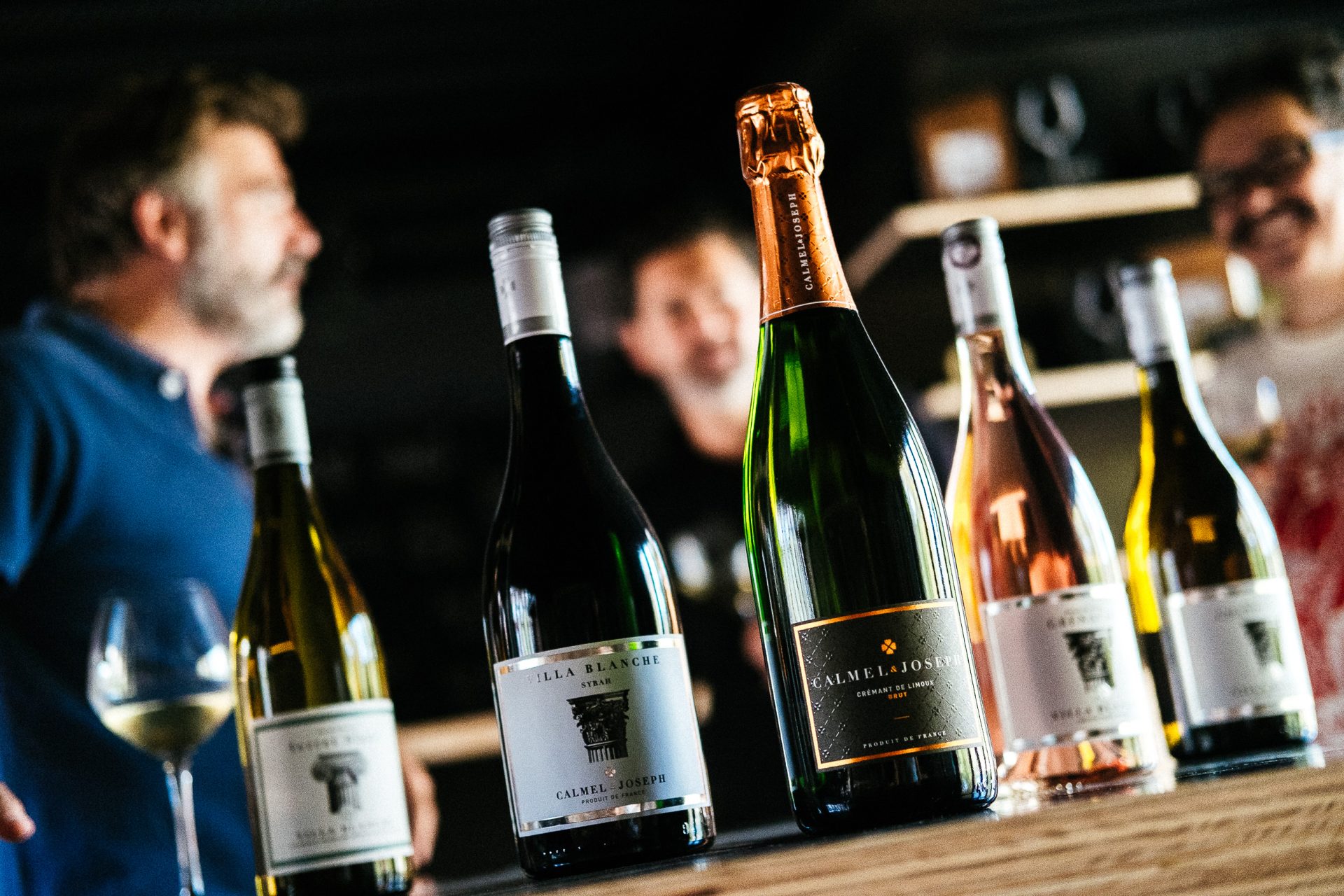
Laurent Calmel, Jérôme Joseph, and Convenanza’s Bernie Fabre taste through the wines for this year’s festival in Sète.
GFR: The environmental aspect seems to be integral to all of your work. How do you keep on top of this when you are working with so many growers?
Laurent Calmel and Jérôme Joseph: Well, you’re right, obviously we can’t check and control everything, although our partnership agreements mean that we have the same vision as our growers (most of whom have worked with us for many years). Some (but not all) of our wines are certified, and we work with a lab which provides analysis of the content, which ensures transparency – something which we feel is as good as a certificate.
GFR: On the website of Jancis Robinson MW, one of your wines is described (rather amusingly) as “a wild boy, given a haircut and brush down and fitted for a beautifully tailored Savile Row suit. It is a strange fusion of glossy modern elegance, a haute couture if you will, with the untrammelled, unmanicured ruggedness of Languedoc-Roussillon.”
Do you feel that there is any truth in this observation? And is this a style that you are cognisant of aiming for?
Laurent Calmel and Jérôme Joseph: We take it as a compliment. It’s true that we’re not very “text book” in real life or in our work, we like to go off the beaten track. Wine is a product that comes from nature and we think it’s important to let nature shine through as much as possible. However, wine is also the result of man’s interaction with nature, and it’s important to intervene in a positive manner, to add or reveal meaning. Ultimately, we’re very interested in what goes on elsewhere, in other regions and countries where fine wines are made, and we have huge respect for that… it’s very motivating.
GFR: I find it interesting that you choose a Burgundian method of classification for the hierarchy of your differing levels of wines (but with five tiers!). What is the thinking behind this?
Laurent Calmel and Jérôme Joseph: Yes, it’s true that other regions are sometimes useful as examples for us. But not in every way of course, because we love the freedom of expression that we have here: you can choose whether to make appellation wines or not, and many estates are doing very well without entering the AOC arena. For our wines, we chose a kind of classification which nods in the direction of French wine tradition, but which doesn’t limit or bind us.
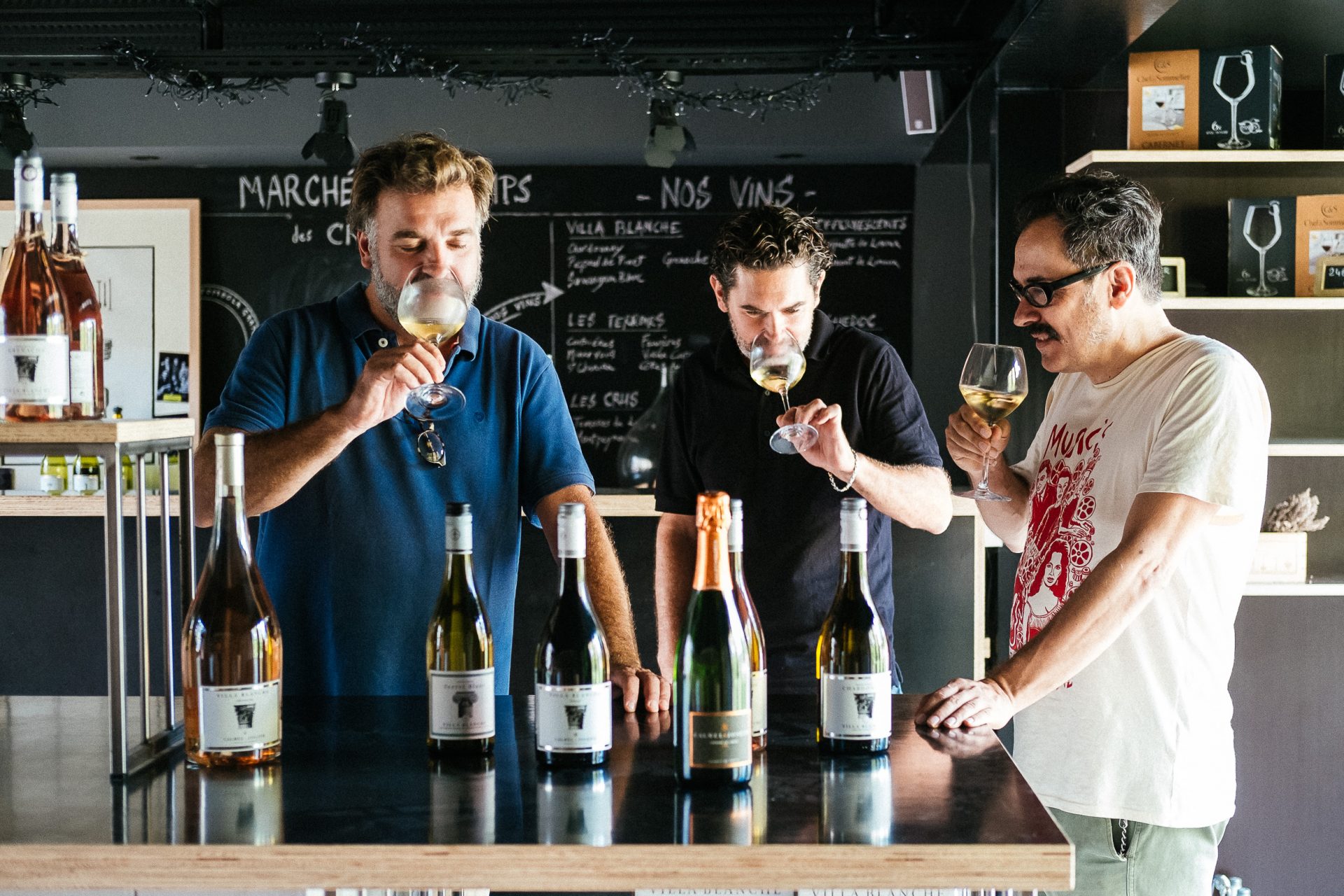
Laurent Calmel, Jérôme Joseph, and Convenanza’s Bernie Fabre taste through the wines for this year’s festival in Sète.
GFR: How much of your wine is sold domestically, and how much is for export?
Laurent Calmel and Jérôme Joseph: Historically, export markets represent about 95% of our sales. But since purchasing Domaine Calmel & Joseph, we want to become better known in France. Jérôme Camps joined our company in early 2017 and he is responsible for domestic sales. We take part in all the well-known French wine guides and tastings and are starting to get some excellent feedback and scores. Taking part in the Convenanza Festival is also part of our strategy for raising our profile in France.
GFR: And do you ever purposely make a wine in a certain way for a particular market?
How do your international markets differ with regards to preferred wine styles: level of oak ageing, residual sugar, extract, tannins, levels of carbonation etc?
We have a huge difference over here in Canada with the difference in the general palate between Quebec and Ontario for example.
Laurent Calmel and Jérôme Joseph: We don’t make wines to suit specific markets as our setup does not make this viable, but our range is sufficiently broad that our clients can find wines within it that meet their needs. Our capacity in terms of volume is not infinite either, so our client structure is based upon these parameters.
GFR: And what new projects are you currently working upon? What can we expect to see from you in the next five years?
Laurent Calmel and Jérôme Joseph: We’re currently very busy focusing on Domaine Calmel & Joseph as we want to create an estate that is 100% organic, with a variety of crops. We own a magnificent valley of 160 hectares of protected land, which allows us to experiment with agriculture in a whole new way. We’ve been working to reintroduce a rich natural environment, and after barely two years, we can see huge improvements – you should come and see! And of course at the same time, we’re still making making wine and introducing new cuvées: every time we take a trip to the Terrasses du Larzac area, or to the Corbières or Collioure or elsewhere, we see things that we want to translate into a wine…
GFR: I hope to come and visit you at some point next year. Sad to not be joining you this weekend. Thank you so much for your time. Have a great time in Sète!

Edinburgh-born/Toronto-based Sommelier, consultant, writer, judge, and educator Jamie Drummond is the Director of Programs/Editor of Good Food Revolution… And he’s sad to be missing all his fellow space cadets this year. Next year! Have a smashing time.




